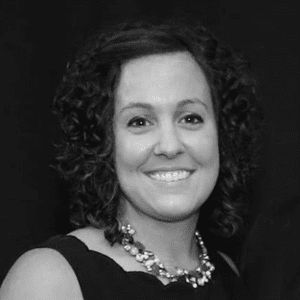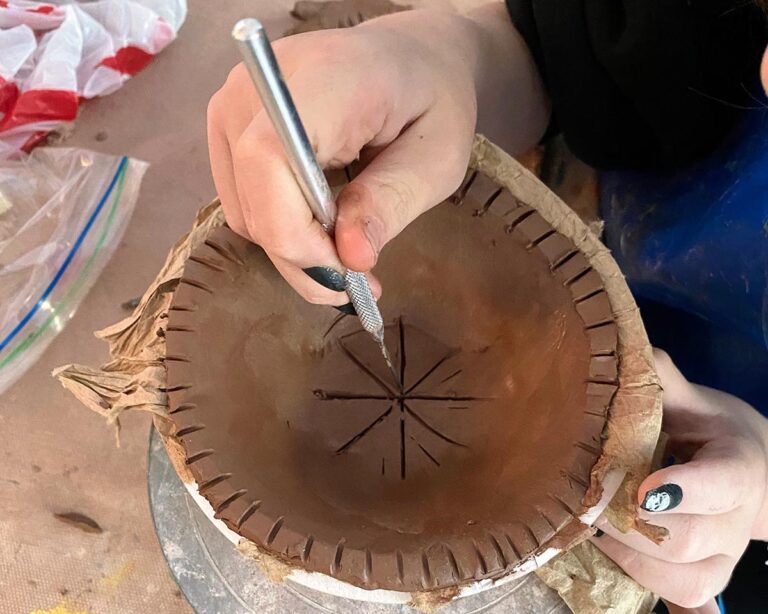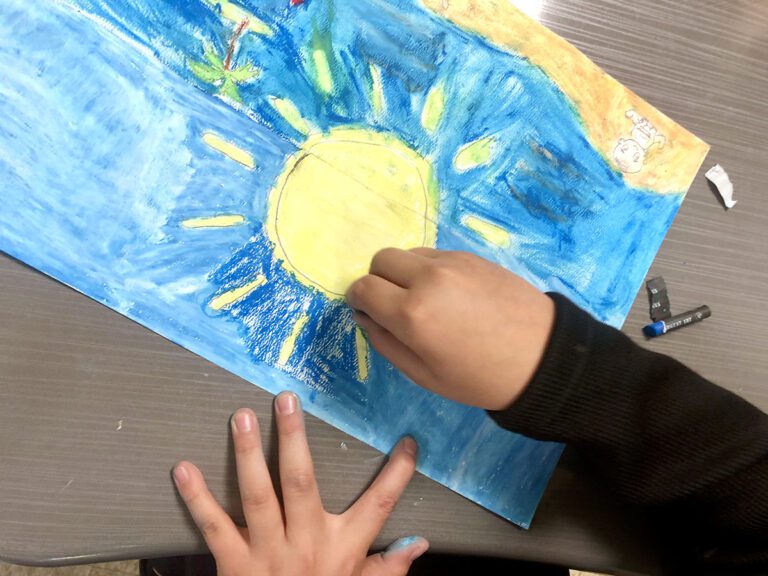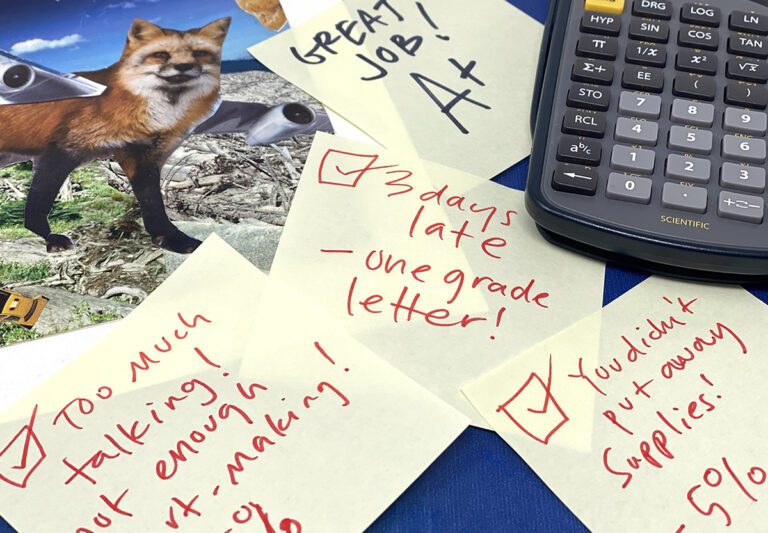
One would think that in today’s day and age, schools would finally be permitting access to popular social media sites like Pinterest, Facebook, YouTube, and more.
In fact, most educators today, and especially art teachers, practically rely on using these sites to plan lessons, communicate with families, and find resources to take their teaching to the next level.
The power of social media isn’t going away, but certain precautions and rules are still preventing the average school system from approving certain sites. If your school has a more conservative social media policy, you know blocking sites happens for a variety of reasons. Most often, districts claim that students may have access to inappropriate content or that the sites will become a distraction for students and teachers.
If you’re facing the big, bad BLOCK, here are a few ways to survive!
1. Ask
Asking for a site to be unblocked often goes overlooked, but it’s a great first step. Sometimes the block isn’t intentional, especially if it’s a lesser-known website you’re trying to use. When asking, be sure to say how you will use it for educational purposes. It might be released quickly, and it might not, but you don’t know until you ask!
2. Copy and Paste
Use your home computer to download any materials you need from blocked sites, then put them on a hard drive and bring them to school.
3. Try KeepVid
Theresa McGee shared this site at the Winter 2013 AOE Online Conference. With this site, you can play YouTube videos without all the distractions that pop up in the sidebar. This might be a great middle ground for you and your IT department!
4. If All Else Fails, Become a Technology Ninja
If you have a smartphone, use your hotspot to access sites you need for immediate reference, like a lesson plan on Pinterest. Another trick is to convert the site to a short-link. Sometimes these tiny URLs can bypass the blocks. Or, if you were really, really desperate, you could try a proxy site, which could allow you to navigate around the blocks and browse anonymously so the filters couldn’t detect you. I have no intention of getting you in trouble, but these ideas are oh, so sneaky.
All in all, blocked sites are necessary in some cases, but can be insanely frustrating and interruptive to your workflow and teaching.
What is the status of blocks at your school, and how do you survive?
Any interesting stories to share?
Magazine articles and podcasts are opinions of professional education contributors and do not necessarily represent the position of the Art of Education University (AOEU) or its academic offerings. Contributors use terms in the way they are most often talked about in the scope of their educational experiences.




